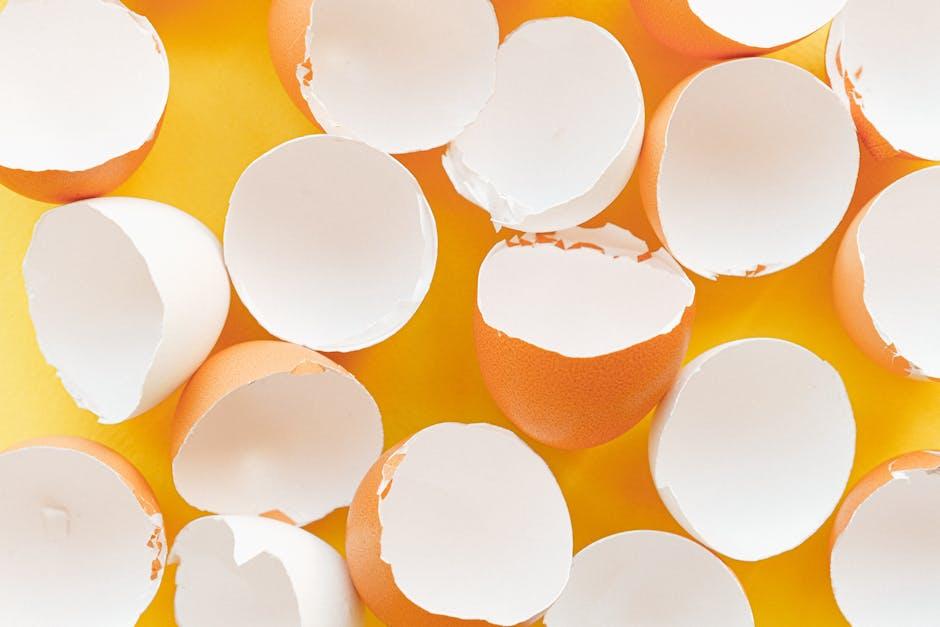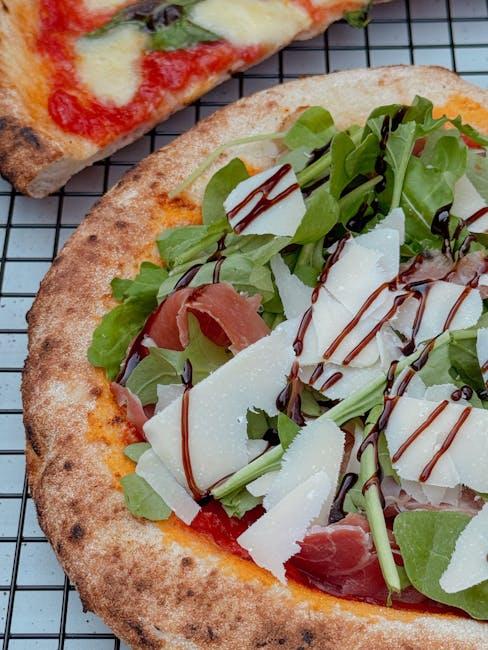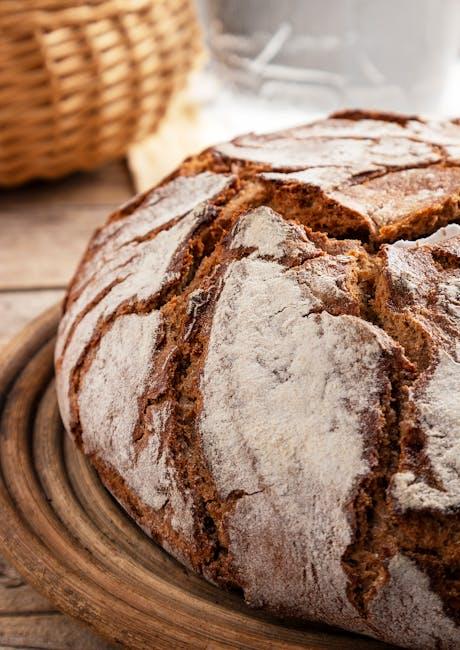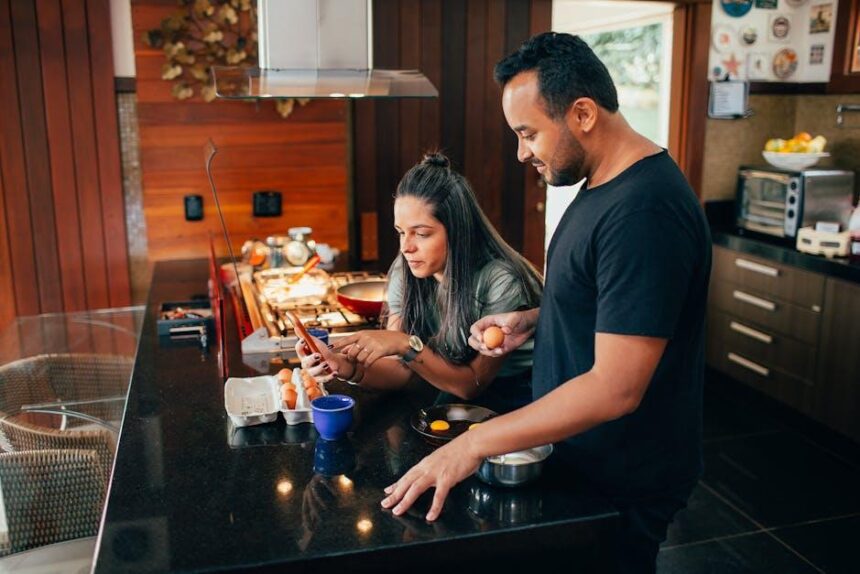In the rhythm of our daily lives, leftovers often find themselves tucked away, destined to be forgotten or reheated in mundane ways. Yet within these humble remnants lies a world of culinary possibility waiting to be unlocked. Turning leftovers into gourmet lunches is not just about rescuing food-it’s an artful practice that blends creativity, sustainability, and flavor. This article explores how everyday ingredients can be transformed into inspired midday meals, proving that gourmet doesn’t always mean starting from scratch. With a dash of imagination and a pinch of resourcefulness, yesterday’s dinner can become today’s lunch masterpiece.
Transforming Leftover Proteins into Flavorful Main Courses

Elevating leftover proteins into standout dishes is both an art and a smart kitchen hack. Start by identifying the texture and flavor profile of your base protein-be it roasted chicken, grilled steak, or pan-seared tofu-and think about complementary ingredients and cooking methods. Incorporate fresh herbs, vibrant spices, or a splash of unexpected acidity like lemon juice or balsamic vinegar to brighten the palate. Combining these with simple technique tweaks such as shredding, cubing, or slicing thinly can transform your proteins into exciting new forms that invite creativity.
Consider these clever ideas to turn your protein leftovers into something spectacular:
- Stir-fries: Toss cubed proteins with seasonal vegetables and a punchy sauce made from soy, ginger, and garlic.
- Tacos or wraps: Layer shredded meat with fresh slaw, creamy avocado, and zesty salsa.
- Protein bowls: Build bowls with grains, pickled veggies, nuts, and a drizzle of tahini or yogurt dressing.
- Stuffed peppers or mushrooms: Mix proteins with grains, diced veggies, and cheese, then bake until bubbly.
| Leftover Protein | Transformation Idea | Key Flavor Boost |
|---|---|---|
| Roast Chicken | Asian-inspired stir-fry | Soy sauce & sesame oil |
| Grilled Steak | Southwestern tacos | Chipotle lime salsa |
| Baked Tofu | Mediterranean bowl | Za’atar & lemon |
Elevating Simple Sides with Fresh Ingredients and Herbs

Transforming basic sides into remarkable dishes is all about incorporating fresh ingredients and vibrant herbs. A handful of crisp basil or a sprinkle of oregano can breathe new life into yesterday’s roasted potatoes or steamed vegetables. By mixing in freshly chopped parsley or a dash of lemon zest, you not only enhance flavors but also add a burst of color that makes leftovers visually appealing. Consider tossing simple grains like quinoa or couscous with colorful cherry tomatoes, sliced scallions, and a drizzle of high-quality olive oil to create a refreshing canvas that sings with every bite.
- Fresh herbs: Basil, oregano, parsley, cilantro, chives
- Zesty enhancers: Lemon zest, orange peel, lime juice
- Crunchy additions: Toasted nuts, seeds, pomegranate arils
- Textural contrasts: Sliced radishes, cucumber ribbons, pickled onions
| Simple Side | Fresh Upgrade | Herb Used |
|---|---|---|
| Roasted Carrots | Honey glaze with lemon zest | Thyme |
| Mashed Potatoes | Garlic oil drizzle and chive garnish | Chives |
| Steamed Green Beans | Toasted almonds and parsley sprinkle | Parsley |
Integrating herbs and fresh flavors is a simple yet effective way to elevate not only the taste but also the nutritional profile of leftover sides. This mindful approach allows each meal to feel intentional and thoughtfully crafted, turning even the most modest remnants into elegant accompaniments fit for any gourmet lunch. Don’t hesitate to experiment-sometimes, a pinch of mint or a splash of herb-infused vinegar can completely redefine your leftover experience.
Creative Plating Ideas to Impress and Inspire

Transforming your midday meal into a feast for the eyes can elevate even the simplest leftovers. Think beyond just reheating-experiment with color contrasts like vibrant red cherry tomatoes against creamy mashed potatoes or bright green herbs sprinkled atop golden roasted chicken slices. Using geometric shapes by cutting ingredients into triangles, cubes, or circles adds an unexpected playful touch. A drizzle of sauces artistically swirled or dotted around the plate not only enhances flavor but creates visual intrigue, turning the mundane into masterful.
Incorporate natural elements and textures to catch the eye and excite the palate. A bed of fresh mixed greens, edible flowers, or thinly sliced radishes stacked in neat layers can add height and dimension. Use small bowls or ramekins for dips and condiments, arranged neatly alongside the main components. Below is a simple guide to mix and match leftover elements creatively:
- Proteins: Sliced roast chicken, shredded beef, or tofu cubes
- Starches: Quinoa, jasmine rice, seasoned potatoes
- Veggies: Roasted carrots, steamed broccoli, fresh arugula
- Accents: Pomegranate seeds, toasted nuts, fresh herbs
| Leftover | Creative Twist | Presentation Tip |
|---|---|---|
| Grilled chicken | Slice and layer in lettuce cups | Top with a dollop of herb yogurt sauce |
| Mashed potatoes | Form into small cakes and pan-fry | Stack and garnish with chives |
| Roasted veggies | Skewer and serve alongside dips | Alternate colors for vibrant effect |
Smart Storage Tips to Maintain Freshness and Taste

Maximizing the longevity of your leftovers starts with understanding the optimal storage environment for each food type. Keep meats and cooked proteins in airtight containers to prevent exposure to air, which can cause dryness and loss of flavor. Vegetables and salads benefit from moisture-absorbing paper towels or breathable bags to maintain crispness without wilting. For dairy-based dishes, glass containers are ideal since they maintain temperature better and resist odors. Additionally, labeling your containers with the date helps you keep track of freshness and reduces food waste.
Consider these smart storage hacks:
- Use silicone lids or beeswax wraps for flexible, eco-friendly coverings.
- Store leftovers in smaller portions-this allows quicker cooling and reheating.
- Maintain consistent refrigerator temperatures (around 37°F or 3°C) for optimal freshness.
- Freeze delicate items like soups or sauces in ice cube trays for easy, one-serve reheats.
| Food Type | Storage Tip | Ideal Container |
|---|---|---|
| Cooked Meat | Seal tightly & reheat gently | Glass airtight |
| Leafy Greens | Wrap with a damp paper towel | Breathable bag |
| Dairy Sauces | Cool quickly, avoid long room exposure | Glass jar |
| Soups & Broths | Freeze in small portions | Silicone trays |
To Wrap It Up
In the end, transforming leftovers into gourmet lunches is more than a clever way to reduce waste-it’s an invitation to explore creativity and savor new flavors with familiar ingredients. With a little imagination and a dash of culinary curiosity, yesterday’s meals become today’s delights, proving that great food doesn’t always start fresh, but often begins with a mindful approach to what’s already on your plate. So next time you open your fridge, see the potential beyond the ordinary and craft a lunch that’s as inventive as it is delicious.











